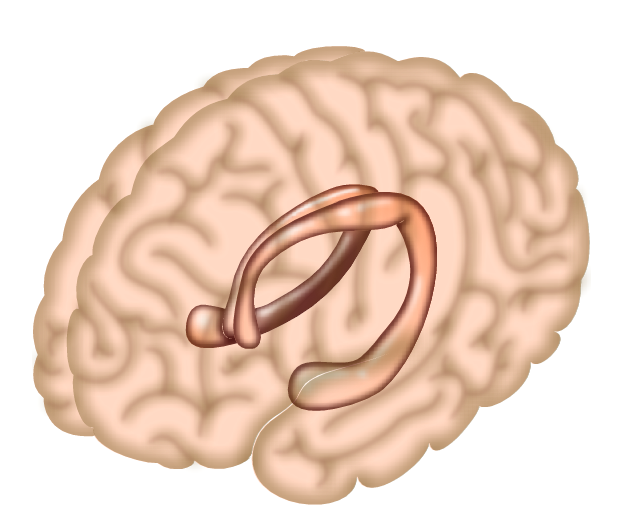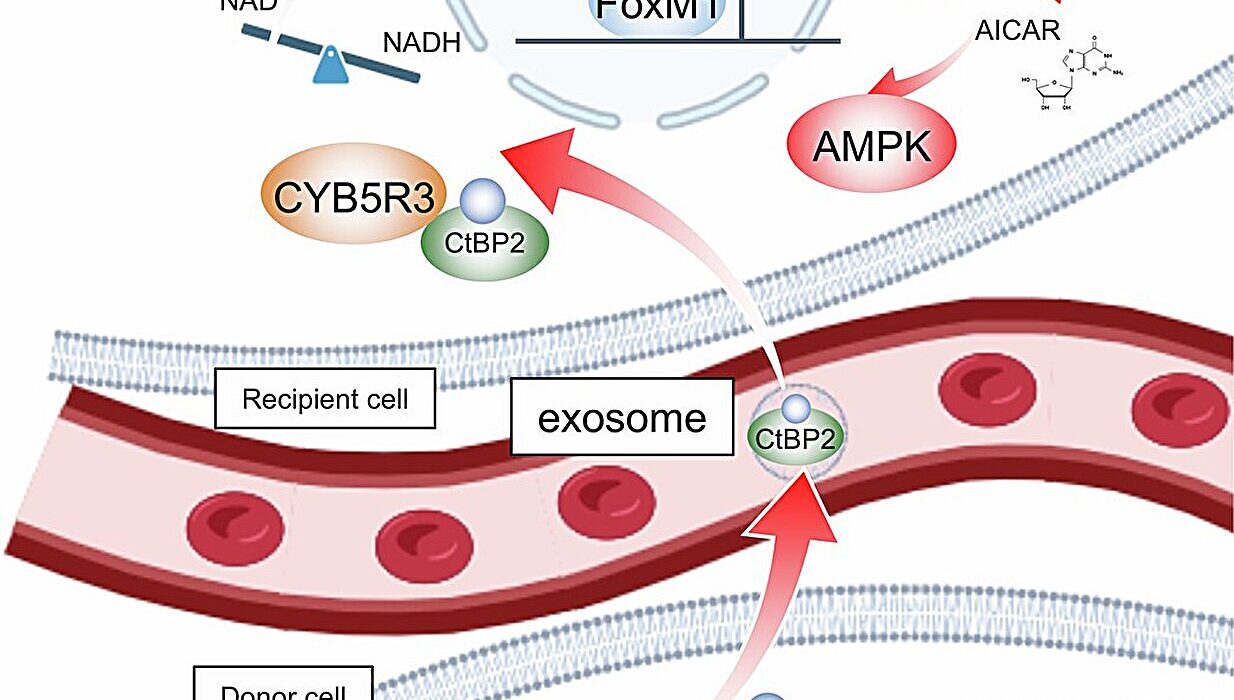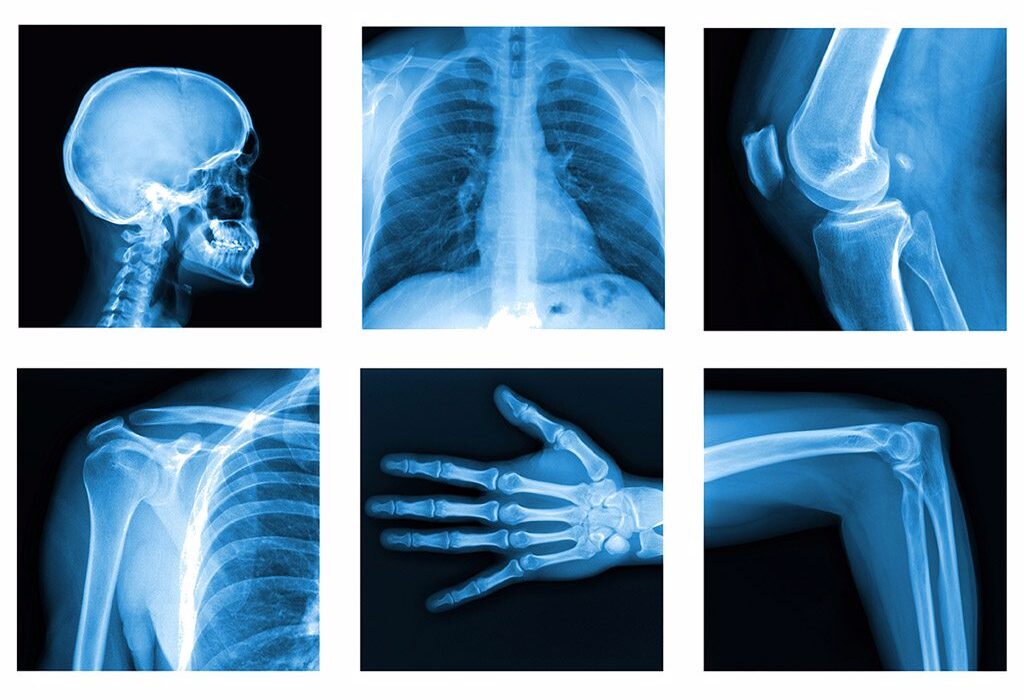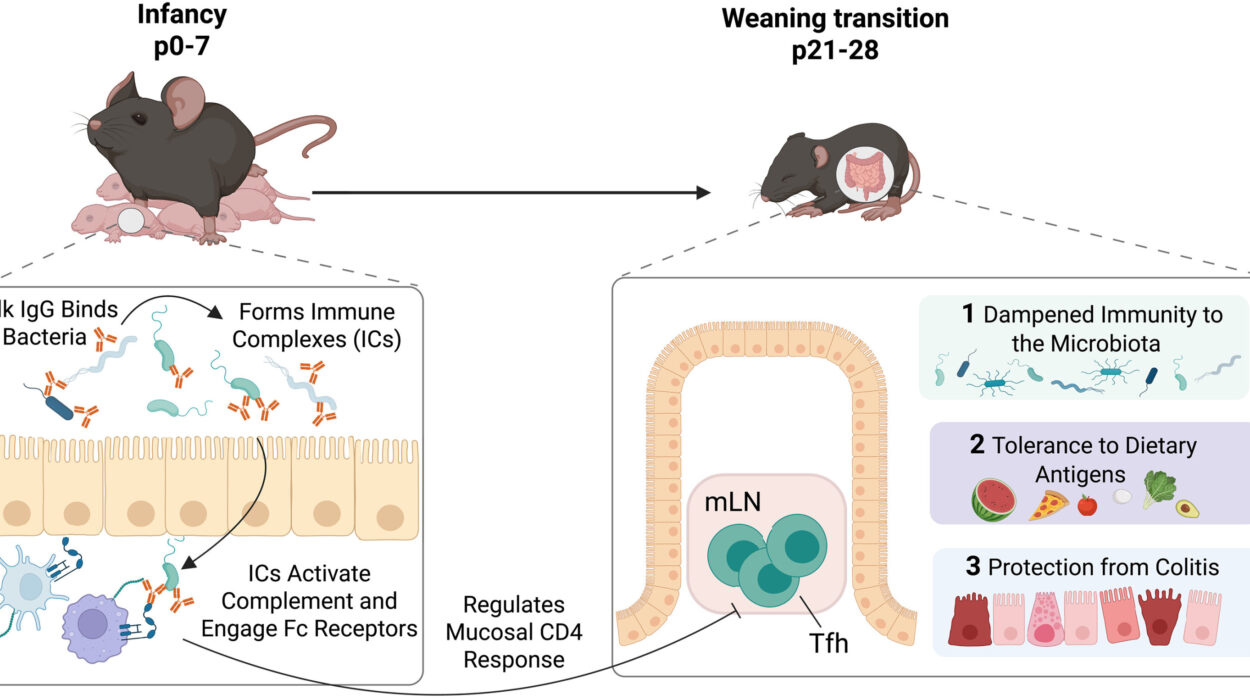It has long been said that humans are social creatures—that we thrive on connection, conversation, and community. But new research from the Yong Loo Lin School of Medicine at the National University of Singapore (NUS Medicine) reveals that the benefits of social interaction run far deeper than emotion or psychology. They extend into the very wiring of the brain itself.
Scientists at NUS Medicine have discovered a previously overlooked role of the hippocampus—the part of the brain known as the “seat of memory.” Their groundbreaking study, published in the Proceedings of the National Academy of Sciences (PNAS), shows that social interactions can directly enhance the brain’s ability to transform fleeting experiences into lasting memories.
This discovery centers on a little-known region of the hippocampus called CA2, which the researchers have dubbed the brain’s “social spark plug.” The CA2, it turns out, is not simply a silent bystander in the formation of memories—it actively communicates with another region, CA1, to strengthen and preserve them. When we interact socially, the CA2 sends powerful signals that prime the CA1 for memory-making, helping the brain capture the richness of our experiences.
The Hippocampus: Where Memories Take Shape
To understand why this discovery is so exciting, it helps to know what the hippocampus does. Nestled deep in the brain’s temporal lobe, the hippocampus plays a central role in learning and memory. It helps us form, organize, and retrieve memories—everything from remembering a friend’s face to recalling where we left our keys.
For decades, neuroscientists have studied regions of the hippocampus like CA1 and CA3, which are well known for converting short-term experiences into long-term memories. But the CA2 region has remained mysterious, often overlooked in research because of its small size and complex connections.
That changed when the NUS Medicine team began exploring how social behavior might influence brain plasticity—the ability of neurons to strengthen or weaken connections based on activity. They suspected that social experiences, which are vital for emotional and cognitive health, might have a more direct effect on memory than previously thought. What they found was far beyond expectation.
How Social Interaction Strengthens Memory
Using a sophisticated technique called chemogenetics, the researchers were able to selectively switch off specific groups of neurons in the brains of lab animals. This allowed them to observe how these neurons contributed to memory formation in real time.
When the scientists silenced the CA2 region, the animals lost the usual boost in memory that normally comes after social interaction. It was as if the brain’s memory accelerator had been turned off. Without CA2 activity, social engagement no longer provided its powerful cognitive benefit.
Digging deeper, the researchers discovered that CA2 neurons enhance the memory-forming capabilities of CA1 through a process called metaplasticity—a kind of “memory of plasticity” in the brain. Metaplasticity determines how responsive neurons are to future stimulation. In simple terms, it’s what makes the brain better at learning after a meaningful experience.
Social interaction, it turns out, sparks metaplastic changes that strengthen “memory proteins” in CA1. These biochemical adjustments make it easier for the brain to encode new memories, turning passing moments into something lasting.
However, this boost is temporary. The effect fades over time if not reinforced—suggesting that regular social engagement is essential for maintaining healthy memory circuits. Just as muscles weaken without use, our memory networks thrive on connection and conversation.
Why Loneliness Weakens the Mind
This discovery sheds new light on one of the most troubling observations in modern neuroscience: that loneliness and social isolation are closely linked to memory loss and cognitive decline.
When social interactions are reduced, the CA2-to-CA1 pathway grows less active, depriving the hippocampus of the stimulation it needs to function at its best. Over time, this can contribute to weakened memory formation and even increase vulnerability to conditions like dementia.
As Associate Professor Sreedharan Sajikumar, the study’s principal investigator, explains, “Social interaction is not just a feel-good activity—it is a biological necessity that directly changes how the brain works.”
In other words, our need for human connection is not merely psychological—it’s neurological. The brain evolved to thrive in social environments. When that stimulation is lost, vital circuits begin to fade.
The Science of Connection
Social interaction engages multiple parts of the brain: it requires us to interpret emotions, remember names, process language, and respond to body cues. These complex mental tasks activate vast neural networks. The CA2 region acts as a hub in this system, linking social experiences to memory centers.
When you share a story with a friend, laugh at a joke, or comfort someone you care about, you are doing more than exchanging words—you are physically strengthening your brain’s memory circuits. Each meaningful exchange lights up neurons in the hippocampus, helping the CA1 region consolidate those interactions into experiences you can recall later.
This finding may also explain why social and memory impairments often appear together in psychiatric and neurological conditions such as schizophrenia, depression, or Alzheimer’s disease. If the CA2 region malfunctions, it could disrupt both social cognition and the ability to form stable memories.
Building Resilience Through Connection
The NUS Medicine team believes their discovery could open new pathways to strengthen memory and protect against cognitive decline. If scientists can find ways to boost or mimic the activity of CA2 neurons, it may be possible to “rescue” memory in vulnerable groups such as the elderly or those living with neurodegenerative diseases.
Potential strategies include developing drugs that enhance CA2-to-CA1 signaling, using brain stimulation to activate the hippocampus, or even designing social and lifestyle interventions that naturally engage these circuits.
As lead author Dr. Mohammad Zaki Bin Ibrahim explains, “By understanding how social experiences shape the hippocampus, therapies can be designed to rescue memory in vulnerable groups and even promote resilience.”
This could revolutionize the way we approach aging and cognitive health—not just through medication, but through the power of connection. Encouraging social engagement, whether through community activities, friendships, or family ties, could become a key component of brain health strategies worldwide.
The Neuroscience of Being Human
What makes this discovery so profound is that it bridges biology and humanity. It shows that the bonds we form are not only emotional—they are structural. The very act of connecting with others leaves physical traces in the brain, strengthening the architecture of memory.
In a time when loneliness has become a growing public health issue, this research reminds us that companionship is not a luxury. It is a biological imperative. Our neurons crave connection just as our hearts do.
Each conversation, smile, or shared experience sends ripples through the hippocampus, reinforcing the delicate threads that hold our memories together. Connection, it turns out, is the brain’s most natural form of medicine.
Toward a Future of Social Neuroscience
The study’s implications are far-reaching. It provides a scientific framework for understanding why social health is as important as physical or mental health. It also opens a new frontier in neuroscience—social memory plasticity—that could reshape how we think about brain aging, learning, and emotional wellbeing.
In the future, doctors and therapists may prescribe not only exercise and diet but also regular social engagement as part of a holistic plan to preserve memory and mental vitality. Schools, workplaces, and communities may also draw on these insights to create environments that nurture connection and cognitive health together.
The research team, which included collaborators from NUS Medicine and Fudan University in China, continues to explore how the CA2 region interacts with other brain systems involved in emotion, motivation, and stress. Each discovery brings us closer to understanding the mysterious link between our social world and our inner neural universe.
The Memory of Us
Memory defines who we are. It ties together the moments that make up our lives—the faces we love, the lessons we learn, the laughter we share. This study reveals that these memories are not formed in isolation, but through connection.
The hippocampus does more than store data; it encodes meaning. And meaning, it seems, is born in the presence of others.
As we reach out to one another—sharing stories, ideas, and experiences—we are not just building relationships. We are shaping the very structure of our minds. The spark of social connection, ignited deep within the hippocampus, may be the secret to keeping our memories—and our humanity—alive.
More information: Mohammad Zaki Bin Ibrahim et al, Hippocampal CA2 to CA1: A metaplastic switch for memory encoding, Proceedings of the National Academy of Sciences (2025). DOI: 10.1073/pnas.2505936122






